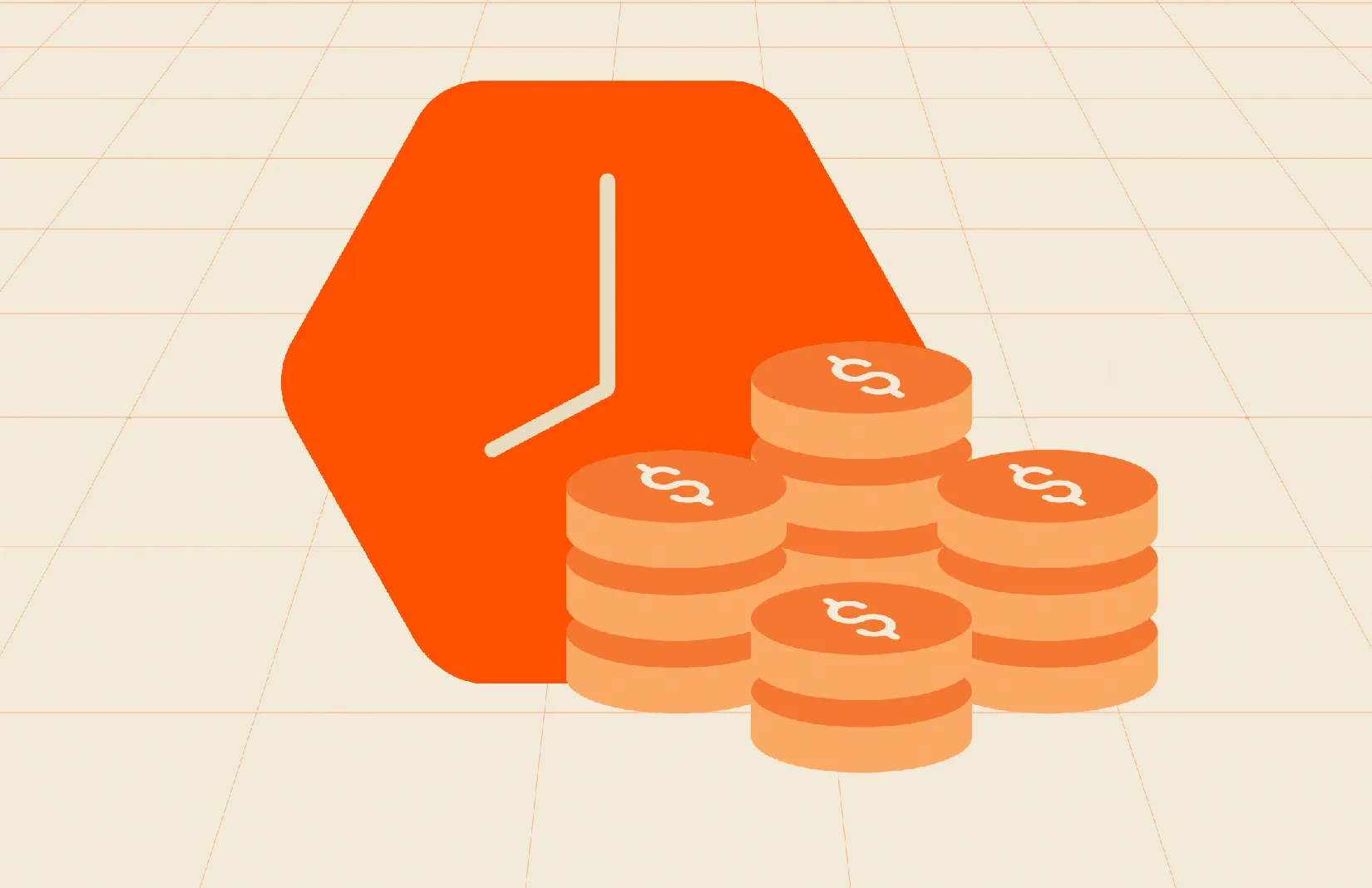Summary
Unforeseen disruptions like natural disasters, cyberattacks, or hardware failures can pose a significant threat to companies and their financial and reputational health. Investing in disaster recovery as a service (DRaaS) can help businesses stay resilient.
In today’s digital economy, constant uptime is crucial to maintaining productivity, revenue, and customer trust. Yet, downtime—whether due to natural disasters, hardware failures, or cyberattacks—poses a significant threat to a business’s bottom line. The financial and reputational fallout can be immense, underscoring the need for a robust disaster recovery strategy. That’s where disaster recovery as a service (DRaaS) comes in, offering businesses of all sizes a safety net against unexpected disruptions.
The Real Cost of Downtime: It’s More than Just Lost Revenue
When systems go down, the immediate financial losses can be significant. Recent studies indicate that the average cost of unplanned IT downtime has risen to approximately $14,056 per minute, with large enterprises facing costs up to $23,750 per minute.
These figures highlight the escalating financial risks associated with system outages, underscoring the importance of robust disaster recovery solutions like disaster recovery as a service (DRaaS) to mitigate potential losses.
However, the true cost of downtime extends far beyond immediate revenue loss. Here’s a closer look at the impact:
- Lost productivity: When employees are unable to access critical systems or data, work grinds to a halt. Hours of lost productivity compound as the downtime extends, affecting teams across the company.
- Reputational damage: In today’s competitive landscape, customer loyalty hinges on reliability. A single disruption can shake customer confidence, driving them toward competitors and impacting future revenue.
- Recovery and repair costs: After a major incident, there’s a substantial financial burden involved in recovering data, restoring systems, and ensuring everything is back online. If a business lacks an effective disaster recovery solution, these costs can be exacerbated by lengthy delays and inefficient processes.
- Compliance and legal implications: For companies in regulated industries, data loss or prolonged downtime can result in hefty fines and potential lawsuits. DRaaS helps mitigate this risk by ensuring data availability and regulatory compliance.
Why DRaaS Makes Financial Sense
DRaaS provides cloud-based disaster recovery solutions, meaning that in the event of a disaster, your systems can be restored quickly, allowing your business to keep operating with minimal disruption. Here’s how investing in DRaaS directly helps mitigate the financial and operational risks of downtime:
- Cost-efficiency: Setting up a comprehensive disaster recovery infrastructure on premises can be prohibitively expensive, requiring dedicated hardware, skilled personnel, and ongoing maintenance. DRaaS eliminates the need for these upfront costs by leveraging cloud infrastructure, providing a predictable, scalable solution at a fraction of the cost.
- Rapid recovery time: DRaaS enables businesses to restore essential functions quickly, even as teams work on full system recovery. With the ability to significantly optimize recovery time objectives (RTOs) and recovery point objectives (RPOs) based on individual business needs, DRaaS minimizes data loss and ensures critical systems are back up within minutes. This approach reduces downtime costs and mitigates business interruptions effectively.
- Scalability: With DRaaS, your disaster recovery capabilities can grow alongside your business. There’s no need to continually invest in more hardware or IT resources as you expand, making DRaaS a sustainable and cost-effective solution.
- Focus on core business: With DRaaS in place, your IT team can spend less time on managing complex disaster recovery processes and more time on core business initiatives. DRaaS providers offer automated testing and monitoring, ensuring that your backup and recovery systems are always ready without requiring constant attention.
- Enhanced security: Many DRaaS providers offer top-tier security features such as encryption and multi-factor authentication. This added layer of protection can help prevent data breaches and ensure sensitive information remains safe, providing peace of mind for both you and your customers.
Choosing the Right DRaaS Provider
When selecting a DRaaS provider, choosing one that aligns with your business’s specific needs and goals is key. Here are some essential factors to consider:
- Reliability and redundancy: Ensure the provider has a robust infrastructure, ideally with data centers in multiple geographic locations, for added redundancy. This setup minimizes the risk of prolonged downtime by providing a secure backup in the event of a regional issue.
- Speed of recovery: The ability to restore your systems quickly is critical. Look for providers with a proven track record of rapid recovery times, ideally within minutes. This reduces the risk of extensive business interruptions, helping you maintain continuity and customer trust.
- Simplicity and ease of use: One of the main advantages of DRaaS is its potential to simplify disaster recovery. An ideal DRaaS solution should be intuitive and easy to manage without requiring constant oversight. Look for providers that offer streamlined interfaces, simplified setup processes, and minimal on-premises configuration requirements. The simpler the DRaaS solution, the less time your team needs to spend on training and day-to-day management, freeing them up to focus on other priorities.
- Automated and regular testing: Testing is essential to ensure your DRaaS solution is ready when you need it most. Look for providers that offer automated, regular testing capabilities that simulate failover scenarios. Automated testing ensures that your recovery plans are fully functional, giving you confidence that everything will work smoothly if a real disaster occurs. Ideally, the provider should offer flexibility in testing schedules, allowing for testing that doesn’t disrupt regular operations.
- Compliance: If your business operates in a regulated industry, ensure that the DRaaS provider can meet your compliance requirements, such as GDPR, HIPAA, or PCI DSS. A provider with strong compliance practices helps protect sensitive data and minimizes legal risks associated with non-compliance.
- Cost transparency: Look for clear, transparent pricing to avoid unexpected costs down the line. Some providers may charge additional fees for certain recovery processes, so it’s essential to understand any hidden costs associated with storage, data transfer, or scaling.
Choosing the right DRaaS provider with these key attributes allows you to take advantage of a cost-effective, efficient, and reliable disaster recovery solution, safeguarding your business from the high cost of unexpected downtime.
As disaster risks continue to evolve, from cyber threats to climate-driven disruptions, DRaaS will remain a crucial investment for companies seeking resilience in an unpredictable world.
Conclusion: Downtime Is Costly—Investing in DRaaS Is Smart
Downtime is not just an inconvenience; it’s a significant threat to any business’s financial health, reputation, and productivity. DRaaS provides an affordable, scalable, and reliable solution for keeping your business resilient in the face of unforeseen disruptions. By investing in DRaaS, businesses can protect their bottom line, ensure operational continuity, and instill confidence in customers, knowing that they are prepared for any eventuality.
Invest in the future stability of your business with DRaaS. Explore how Pure Protect™ //DRaaS can fit your company’s needs and secure your data, operations, and reputation.

Powerful cyber resiliency, pure and simple.
Fortify your data and guarantee uninterrupted business operations.

Your Safety Net
Learn more about on-demand disaster recovery as a service from Pure Storage.







